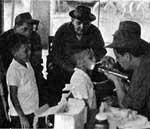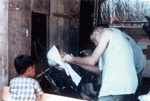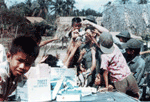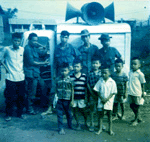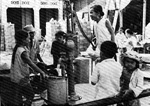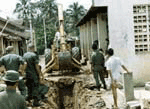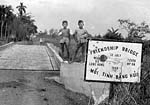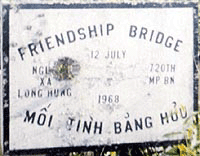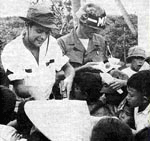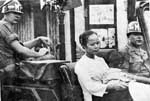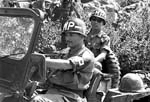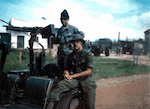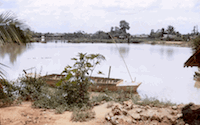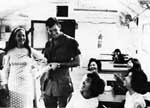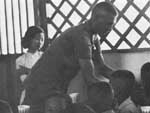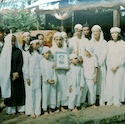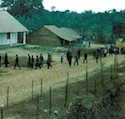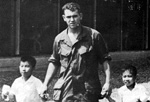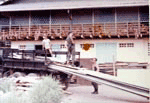Editors Notes: The joint CAP teams also utilized support provided to the South Vietnamese government by USAID (U.S. Agency for International Development), the RDT (Rural Development Teams) supervised jointly by the South Vietnamese Ministry of Revolutionary Development, and the MACV-CORDS (Civil Operations and Revolutionary Development Support).
They provided the local village civil hierarchy with Vietnamese staff trained in infrastructure, security, political, economic, and social development skills.
USAID was established in 1961 and provided countless self-help projects, schools, health clinics, hospitals, highways, hydroelectric facilities, industrial centers and farming cooperatives. The agency also sent thousands of agricultural experts, doctors, nurses, teachers, engineers, intelligence agents, and civilian advisers into the countryside.




